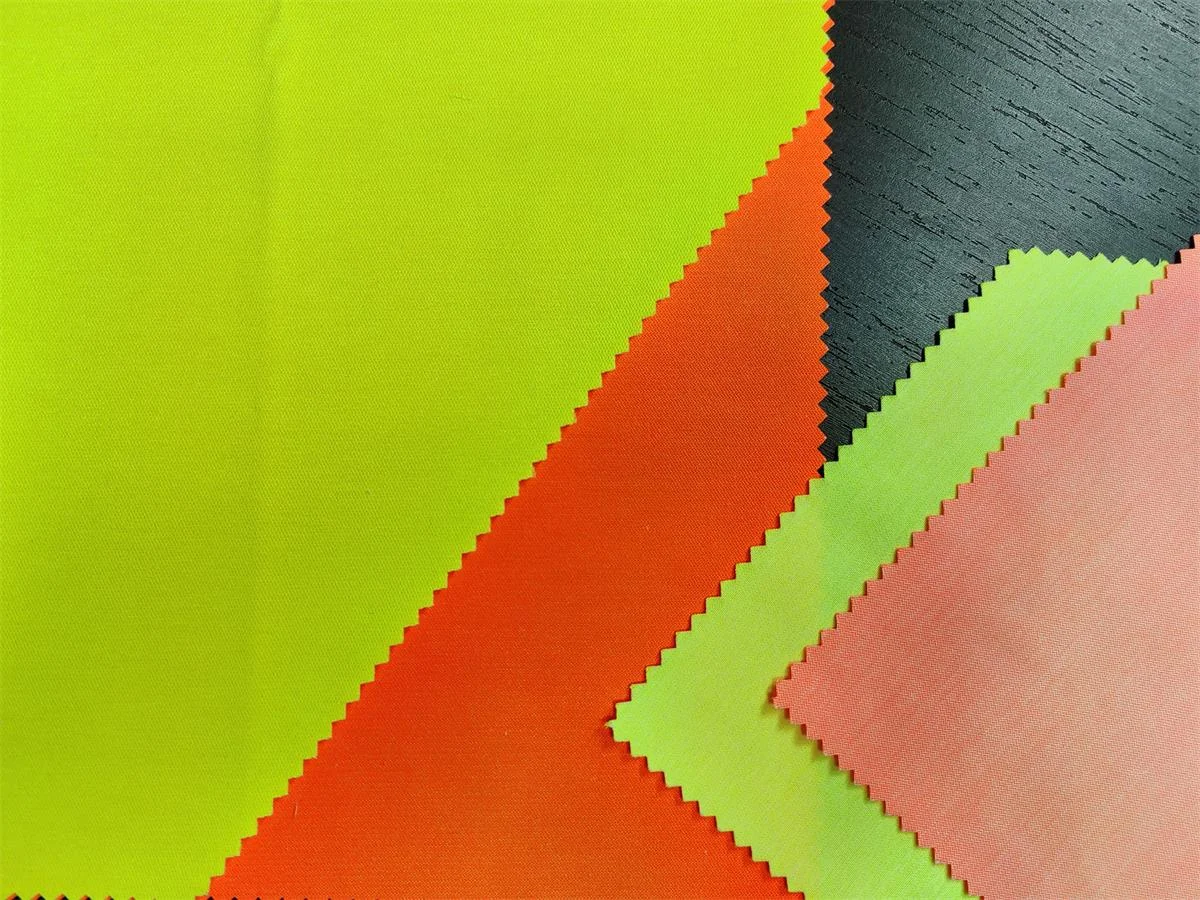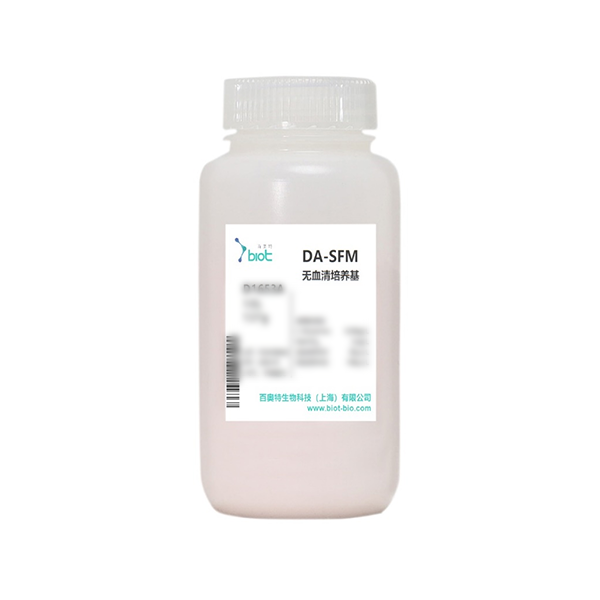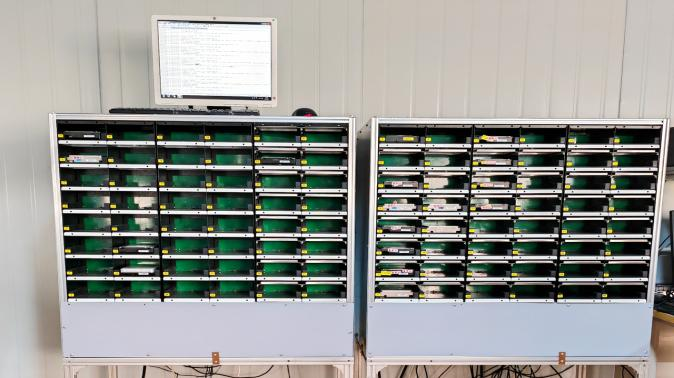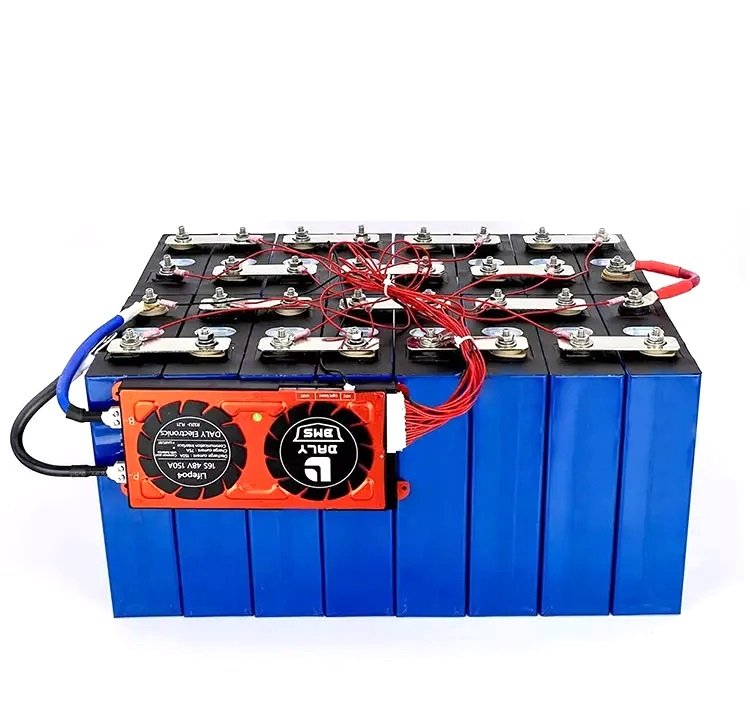In today's fast-paced and dynamic work environments, safety is paramount. Whether it's construction sites, roadwork, or emergency response situations, ensuring the visibility of workers is crucial in preventing accidents and maintaining a secure workplace. This is where hi vis textiles play a pivotal role. These specialized fabrics are not only a critical component of safety standards but also an essential factor in safeguarding the well-being of those who work in high-risk settings.
What are the Hi Vis Textiles?

Hi vis textiles, often made with fluorescent materials, are designed to be highly conspicuous in daylight and under illumination by artificial light in low-light conditions. The distinctive colors and reflective properties of these textiles make individuals more visible to others, particularly in environments with moving vehicles or machinery. The effectiveness of hi vis textiles lies in their ability to reflect light, making wearers stand out against complex backgrounds, thereby reducing the risk of accidents due to reduced visibility.
The Importance of Hi Vis Textiles in Safety Standards
Enhancing Visibility and Safety
Hi vis textiles are designed with fluorescent colors and reflective materials that make individuals conspicuous in various lighting conditions. By enhancing visibility, Hi Vis garments ensure that workers are easily distinguishable in environments where they may be exposed to moving vehicles, machinery, or other potential hazards. The distinctive properties of hi vis textiles play a vital role in minimizing accidents and improving overall safety by providing a clear visual identification of workers to their colleagues and supervisors.
Compliance with Regulations
Many industries are required to provide workers with hi vis textiles as part of safety regulations. Governments, safety organizations, and industry standards bodies have established guidelines regarding the design, color, and reflective properties of Hi Vis garments to ensure maximum visibility and protection for workers. Companies that adhere to these regulations not only prioritize the safety of their employees but also demonstrate their commitment to upholding safety standards in the workplace.
The Impact of Hi Vis Textiles on Worker Safety
The use of hi vis textiles has a direct impact on worker safety in a variety of industries:
Construction and Industrial Sector
In construction sites and industrial settings where workers are exposed to heavy machinery, falling objects, and busy work environments, hi vis textiles are essential for ensuring the safety of workers. By wearing Hi Vis vests, jackets, or coveralls, construction workers can be easily identified by their colleagues, equipment operators, and supervisors, reducing the risk of accidents and improving overall workplace safety.
Road Maintenance and Transportation
Road maintenance crews, traffic controllers, and transportation workers rely on hi vis textiles to stay safe while working along roadways and in high-traffic areas. The high visibility properties of Hi Vis garments make workers clearly visible to motorists, reducing the risk of accidents and improving traffic safety.
Emergency Response and Public Safety
Emergency responders, such as firefighters, police officers, and paramedics, depend on hi vis textiles to ensure their visibility during critical operations. In emergency situations where quick identification is crucial, Hi Vis garments help emergency personnel stand out and navigate hazardous conditions more safely and effectively.
In conclusion, hi vis textiles play a pivotal role in safety standards across various industries by enhancing visibility, reducing accidents, and ensuring compliance with regulations. As a fundamental component of workplace safety, hi vis garments protect workers and cultivate a culture of safety excellence.
https://www.szjoyfabric.com/Hi-Vis-Textiles-A-Critical-Component-of-Safety-Standards.html
https://www.szjoyfabric.com/Workwear-Industrial
Leah
joy@joy-cn.com


